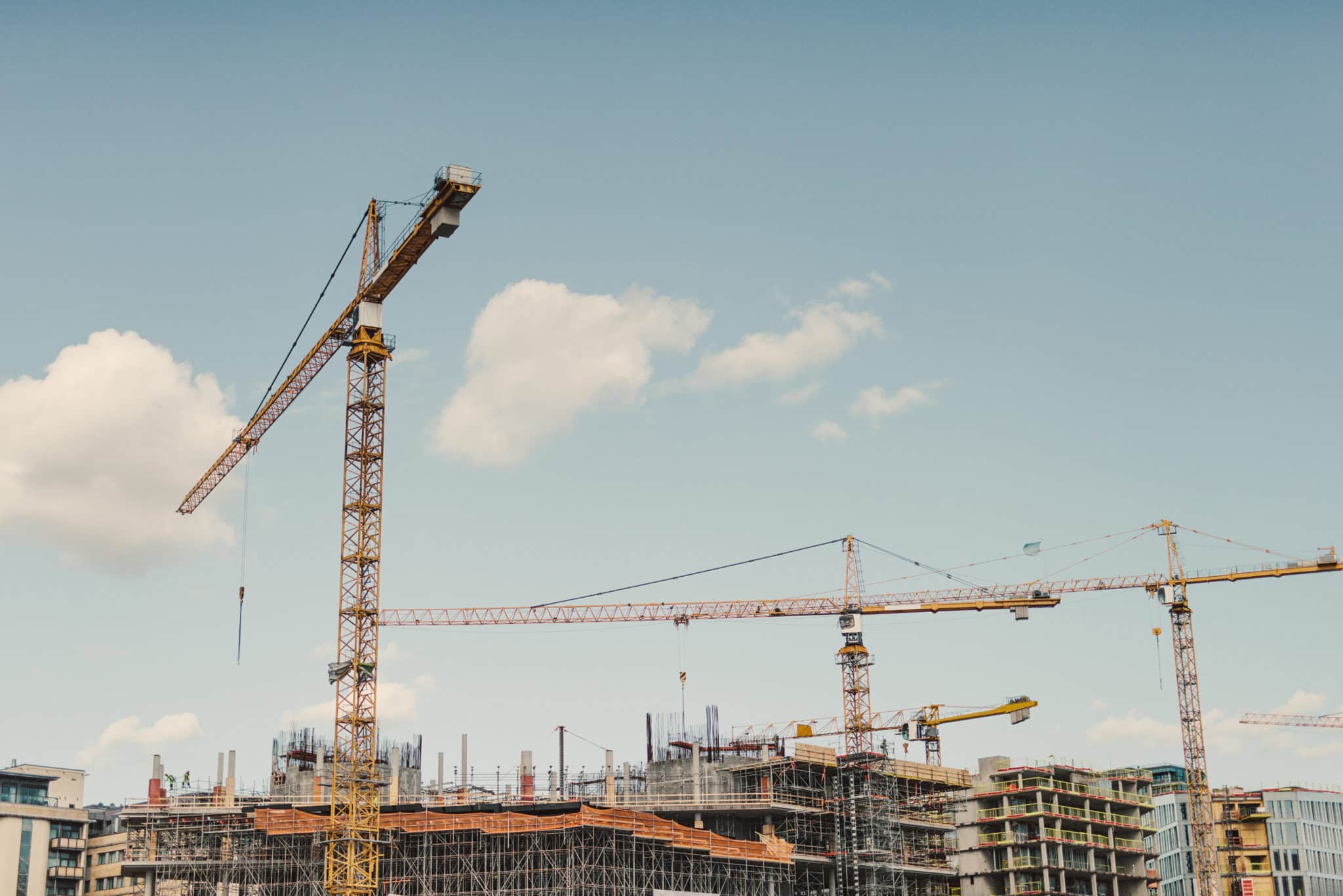Verify Compliance with Security and Insurance as per the Contract
Construction standards specify that a cumulative security of 10% of the contract amount should be provided for the fulfillment of the contractor’s contractual obligations. The coverage provided by this security encompasses both the execution of the contract work itself, for instance after bankruptcy, and liability for damages resulting from breach, such as liquidated damages.
If the contractor has not provided a guarantee in line with the contract, the developer generally will not be obligated to pay installment notes until the matter is rectified.
However, if you are well into a project and discover that security has not been provided in accordance with the contract, you should assess whether circumstances indicate that the original requirement for security stipulated in the contract might no longer apply.
Furthermore, construction standards presume that the contractor should have the construction subject matter insured and maintain liability insurance. Both insurances should be “drawn up under conditions common for the type of work that the main contractor or their subcontractors will perform (…).” In contracts based on NS 8407 or 8417, the consequence of insurance not being obtained or not being documented is essentially that the client will not be obliged to make payments until the matter is rectified.
However, the question of whether the lack of insurance coverage justifies withholding payment should be assessed on a case-by-case basis, regardless of the standard underlying the contract.
Present Counterclaims and Exercise Withholding
If liquidated damages have accrued or if the client has other claims due to the contractor’s breach of contract, the client also has the right to withhold an amount of payment that covers such specified and justified claims. Hence, it might be wise to verify if previously notified counterclaims have been considered in the financial interactions with the contractor. If this has not been done, under certain circumstances, it could provide grounds for offsetting otherwise legitimate claims from the contractor’s side.
Moreover, the client should consider whether there are claims that have not yet been raised. If other parties involved in the project or third parties have notified claims against the contractor, and if it is believed that the contractor, with its presumed poor financial situation, might be partially or fully responsible, then the client should notify the contractor of such claims and take them into account when making further payments to the contractor. If there are defects in the contractor’s work, this could also provide grounds for reducing payments in upcoming installment notes, either because, under certain circumstances, the contractor could be considered behind schedule according to the payment plan or because the right to withhold the amount as security for rectifying previous work exists.
Since the client bears the risk that its own claims and withholdings are legitimate, withholding payment for otherwise rightful claims from the contractor should not be done without prior assessment.
The consequence of unjustified withholding is, as a rule, the accrual of delay interest on the wrongfully withheld amount. If the unjustified withholding is excessive or deemed disloyal, it could, in the extreme case, lead to the contractor gaining the right to terminate the contract and subsequently claim damages.
Assess the Materials Supplied to the Construction Site
In the case of suspicion of the contractor’s bankruptcy, the developer should compile a record of the materials supplied to the construction site. Even if these materials haven’t been incorporated into the construction yet, ownership rights will transfer to the developer provided that the developer has also paid for the materials. If this is the case, the developer should take measures to ensure that the materials are not transported out of the construction site, for example, to other projects the contractor might be involved in.






